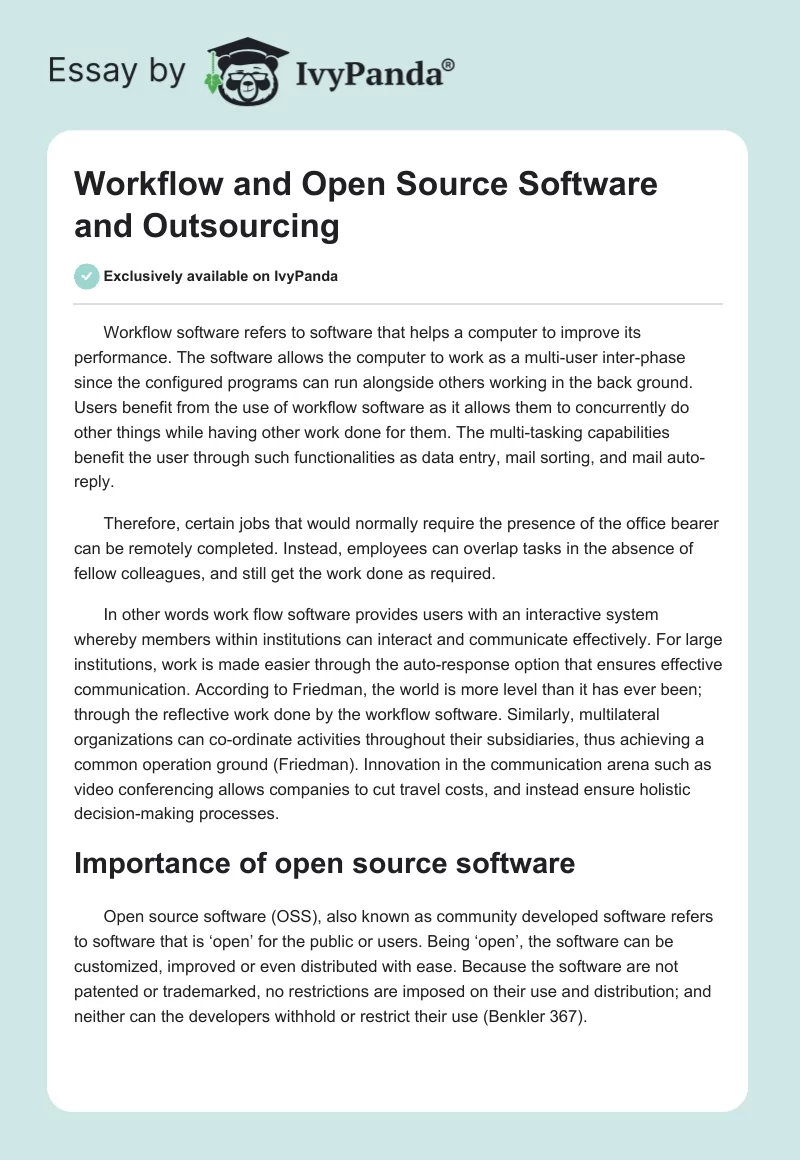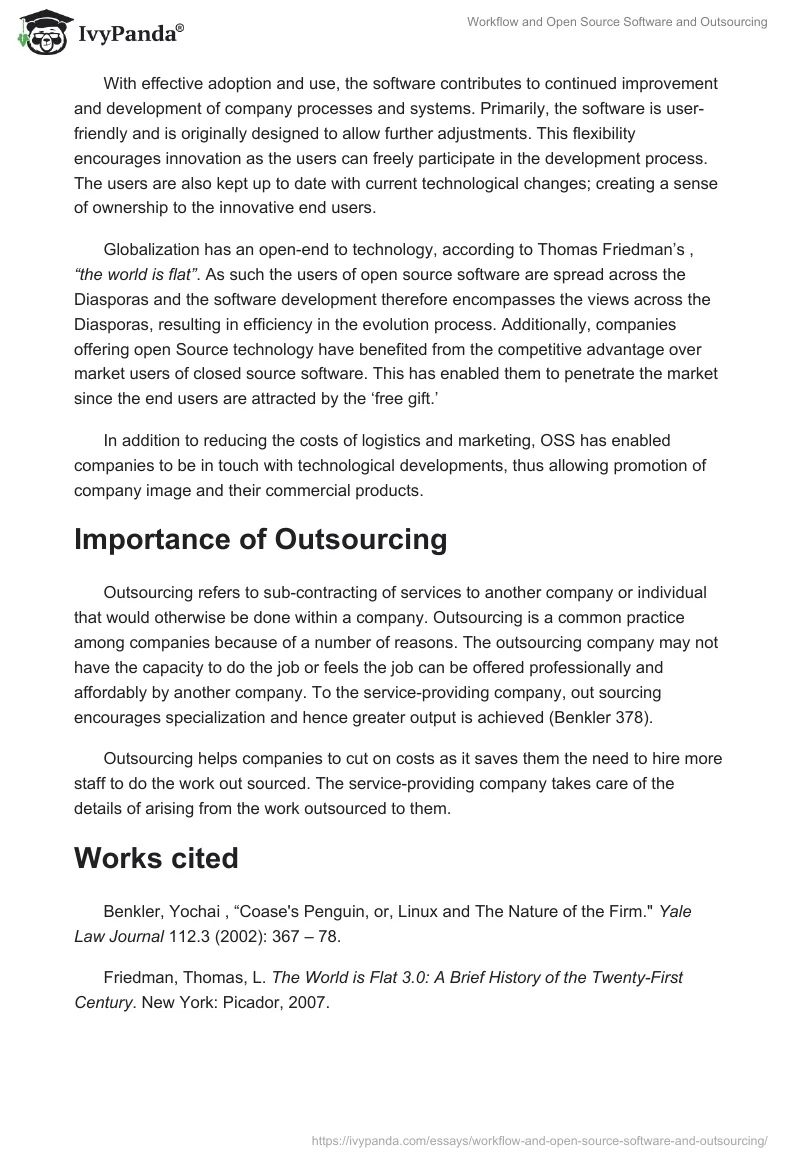Workflow software refers to software that helps a computer to improve its performance. The software allows the computer to work as a multi-user inter-phase since the configured programs can run alongside others working in the back ground. Users benefit from the use of workflow software as it allows them to concurrently do other things while having other work done for them. The multi-tasking capabilities benefit the user through such functionalities as data entry, mail sorting, and mail auto-reply.
Therefore, certain jobs that would normally require the presence of the office bearer can be remotely completed. Instead, employees can overlap tasks in the absence of fellow colleagues, and still get the work done as required.
In other words work flow software provides users with an interactive system whereby members within institutions can interact and communicate effectively. For large institutions, work is made easier through the auto-response option that ensures effective communication. According to Friedman, the world is more level than it has ever been; through the reflective work done by the workflow software. Similarly, multilateral organizations can co-ordinate activities throughout their subsidiaries, thus achieving a common operation ground (Friedman). Innovation in the communication arena such as video conferencing allows companies to cut travel costs, and instead ensure holistic decision-making processes.
Importance of open source software
Open source software (OSS), also known as community developed software refers to software that is ‘open’ for the public or users. Being ‘open’, the software can be customized, improved or even distributed with ease. Because the software are not patented or trademarked, no restrictions are imposed on their use and distribution; and neither can the developers withhold or restrict their use (Benkler 367).
With effective adoption and use, the software contributes to continued improvement and development of company processes and systems. Primarily, the software is user-friendly and is originally designed to allow further adjustments. This flexibility encourages innovation as the users can freely participate in the development process. The users are also kept up to date with current technological changes; creating a sense of ownership to the innovative end users.
Globalization has an open-end to technology, according to Thomas Friedman’s , “the world is flat”. As such the users of open source software are spread across the Diasporas and the software development therefore encompasses the views across the Diasporas, resulting in efficiency in the evolution process. Additionally, companies offering open Source technology have benefited from the competitive advantage over market users of closed source software. This has enabled them to penetrate the market since the end users are attracted by the ‘free gift.’
In addition to reducing the costs of logistics and marketing, OSS has enabled companies to be in touch with technological developments, thus allowing promotion of company image and their commercial products.
Importance of Outsourcing
Outsourcing refers to sub-contracting of services to another company or individual that would otherwise be done within a company. Outsourcing is a common practice among companies because of a number of reasons. The outsourcing company may not have the capacity to do the job or feels the job can be offered professionally and affordably by another company. To the service-providing company, out sourcing encourages specialization and hence greater output is achieved (Benkler 378).
Outsourcing helps companies to cut on costs as it saves them the need to hire more staff to do the work out sourced. The service-providing company takes care of the details of arising from the work outsourced to them.
Works cited
Benkler, Yochai , “Coase’s Penguin, or, Linux and The Nature of the Firm.” Yale Law Journal 112.3 (2002): 367 – 78.
Friedman, Thomas, L. The World is Flat 3.0: A Brief History of the Twenty-First Century. New York: Picador, 2007.


